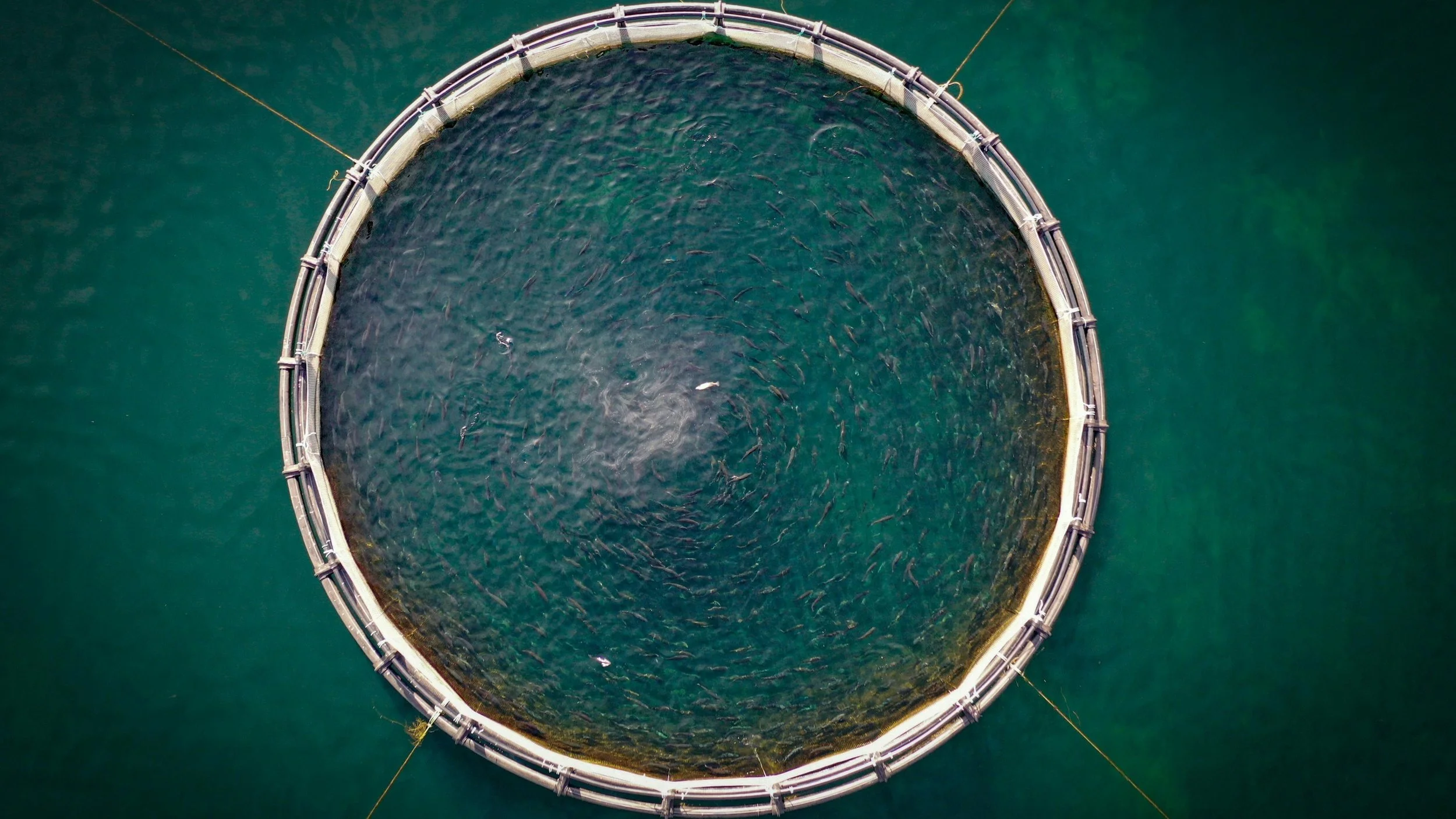Farm-Raised vs. Wild-Caught Fish: What Should You Buy?
If you love cooking seafood at home, you've likely faced this dilemma at the fish counter: farm-raised or wild-caught? And there’s no easy answer on which you should choose.
Both have their place in the kitchen, but depending on what you're cooking and what you care about most—taste, sustainability, cost, nutrition, etc.—one might be better for your pan (and your palate).
What's the Difference?
Wild-caught fish are taken directly from their natural habitats—oceans, rivers, and lakes. Think wild salmon, cod, or tuna. These fish live in their native ecosystems, feeding on natural diets.
Farm-raised fish, on the other hand, are bred in controlled environments like ponds, tanks, or ocean pens. Common farmed species include tilapia, trout, catfish, salmon, and shrimp. Fish farming (aquaculture) allows for consistent supply and pricing.
Flavor and Texture
If you're all about taste, wild-caught fish often have a more complex, richer flavor and firmer texture due to their active lifestyle and natural diet. They're ideal for dishes where the fish is the star, like grilled salmon or seared tuna.
Farm-raised fish tend to be milder and more uniform, often called “buttery” and “melt-in-your-mouth,” which makes them a versatile canvas for bold flavors.
Nutrition
Wild-caught fish generally have slightly fewer calories and saturated fat, and often more minerals like iron and potassium. Farm-raised fish can be higher in heart-healthy omega-3s due to their controlled diet. But overall the differences between them are reportedly small.
Of course, there is always going to be additional variety based on where the fish are caught or farmed, as the diet of a fish is a major factor in its nutritional value.
Sustainability
Today’s modern aquaculture systems focus on sustainability, with many farms certified by leading organizations. However, much like when buying beef, chicken, or pork, picking the right fish farms to buy from is very important, as not all farms are run the same way. To find the best farm-raised options, check out the Monterey Bay Aquarium’s website Seafood Watch®.
For example, Seafood Watch recommends Riverence for trout (and so do we!). Check out our recipe for Grilled Marketside Rainbow Trout Fillets with Summer Vegetables, which uses Riverence trout, to try it yourself.
The thought of buying wild-caught fish might trigger concerns about overfishing, bycatch, and habitat disruption. This can depend a lot on what you’re buying and eating, as well as which fisheries you’re getting it from. To find out if a fish was caught sustainably, look for the Marine Stewardship Council certifying label.
Cost
When it comes to prices, farm-raised fish are generally more affordable and available year-round, while wild-caught fish can be pricier and seasonal. Ultimately, the choice will depend on your budget and particular cravings!
So, Which Should You Buy?
As you’ve probably guessed by now—it depends!
For everyday meals and budget-friendly cooking, farm-raised fish with your favorite Merman's Revenge seafood sauce or seasoning can be a smart, delicious choice. For special occasions or when flavor is king, splurge on wild-caught varieties and let your fish shine with a simple glaze or rub.
Whether you're pan-searing, baking, grilling, or broiling your farm-raised or wild-caught fish, Merman's Revenge has the perfect sauces and seasonings to make your seafood sing.








